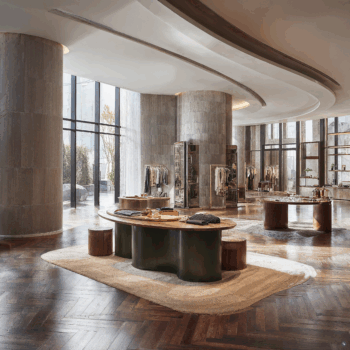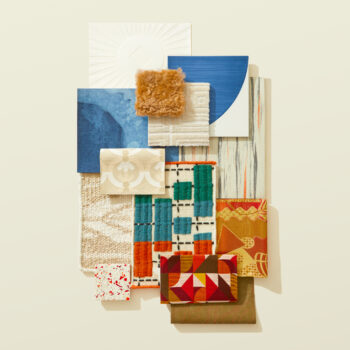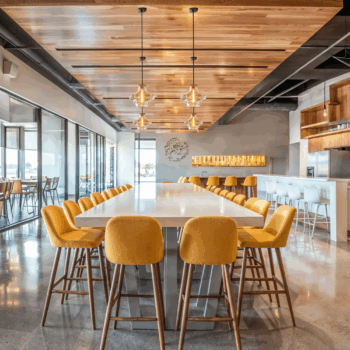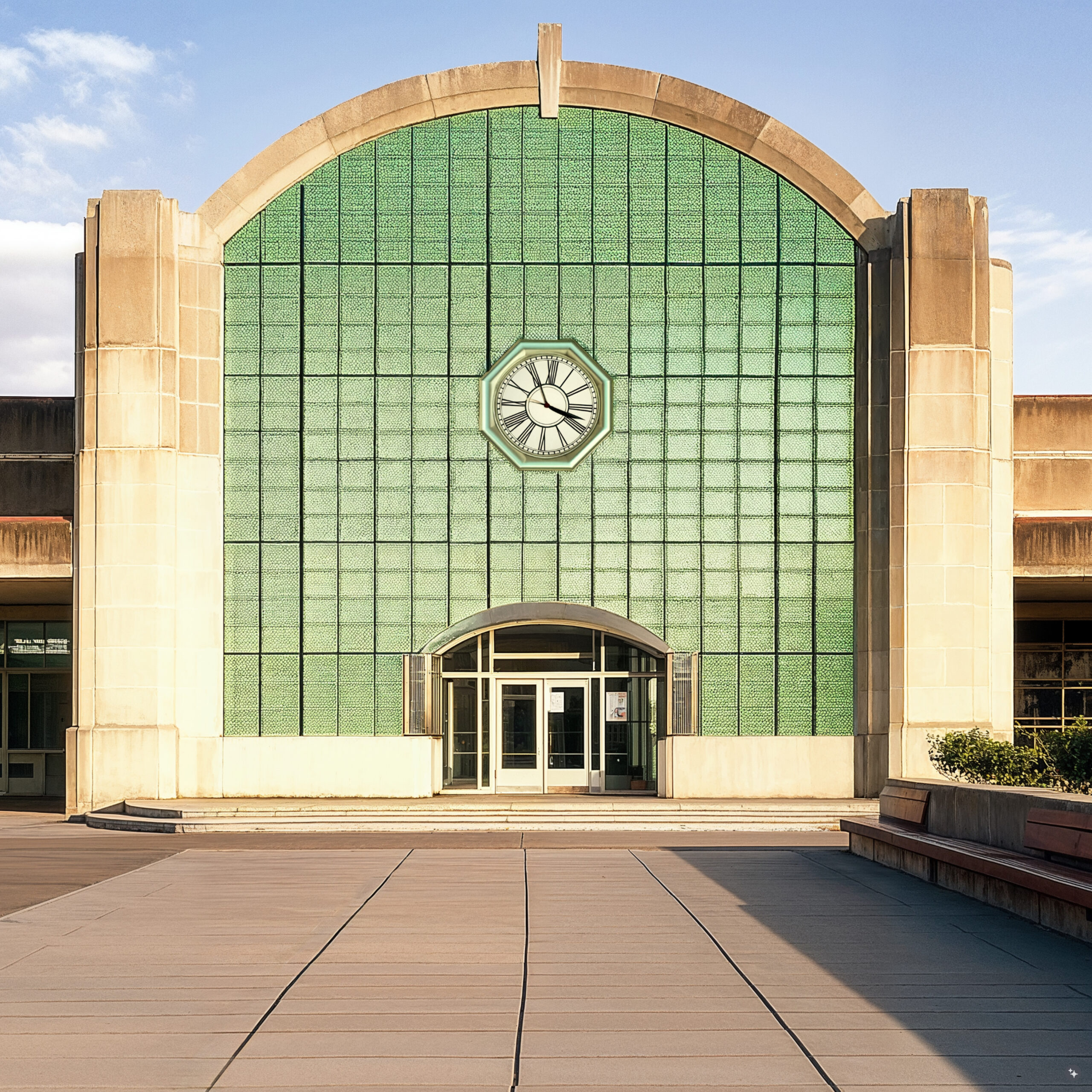
During the early-to-mid 20th century, Art Deco bus terminals emerged as stylish and functional transit hubs, elevating public transportation with sophisticated design and geometric elegance. Inspired by the streamlined aesthetic of the Art Deco movement, these terminals brought a sense of glamour and modernity to cities and towns across the United States.
Their facades often featured vertical emphasis, chrome and glass detailing, and decorative motifs such as chevrons, sunbursts, and stepped forms, reflecting the era’s fascination with speed and progress. Color palettes of rich greens, golden yellows, and warm beige or gray tones reinforced a refined yet inviting atmosphere.
Inside, travelers experienced a balance of luxury and practicality. Terrazzo flooring, marble accents, and glass block windows contributed to the sleek, modern aesthetic. Seating areas featured plush Art Deco-style leather chairs and streamlined benches, offering comfort while awaiting departures. Many terminals also incorporated curved ticket counters, sculptural lighting fixtures, and large murals depicting themes of movement and innovation—all hallmarks of Art Deco’s futuristic vision.
In larger cities, these terminals served as grand transportation hubs, often integrated with train stations or major travel centers. In smaller towns, they retained their signature geometric detailing and decorative charm, albeit on a more modest scale. Though many historic Art Deco bus terminals have since been repurposed or updated, their architectural influence endures, serving as a reminder of a time when even everyday spaces were designed with artistry and ambition.
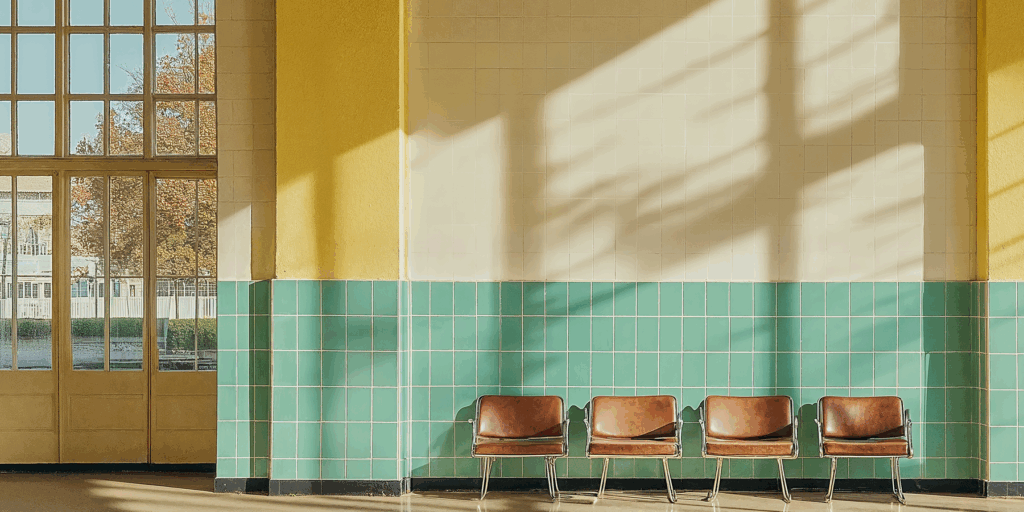
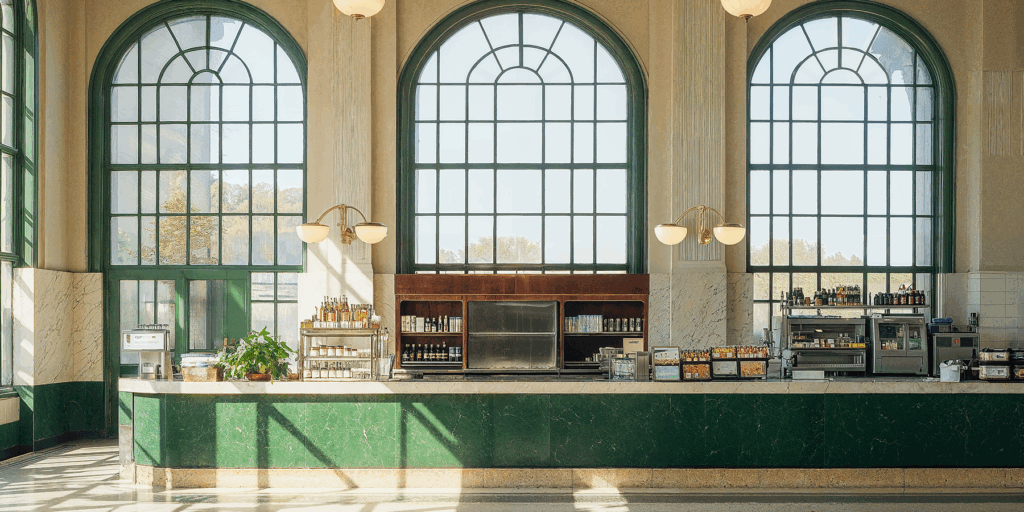
Looking for contemporary design inspiration? Check out our article on Modern Outdoor Patios.





